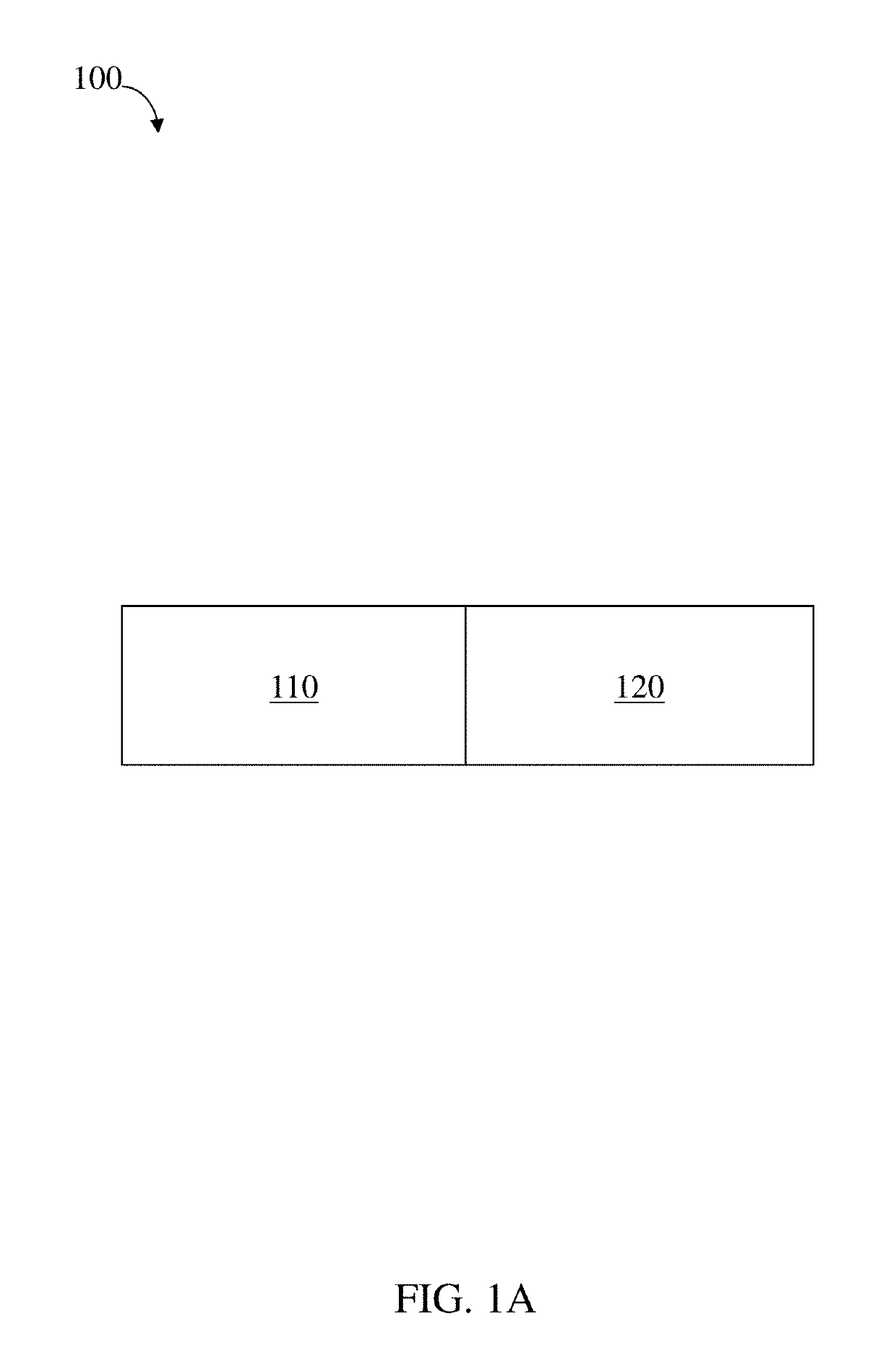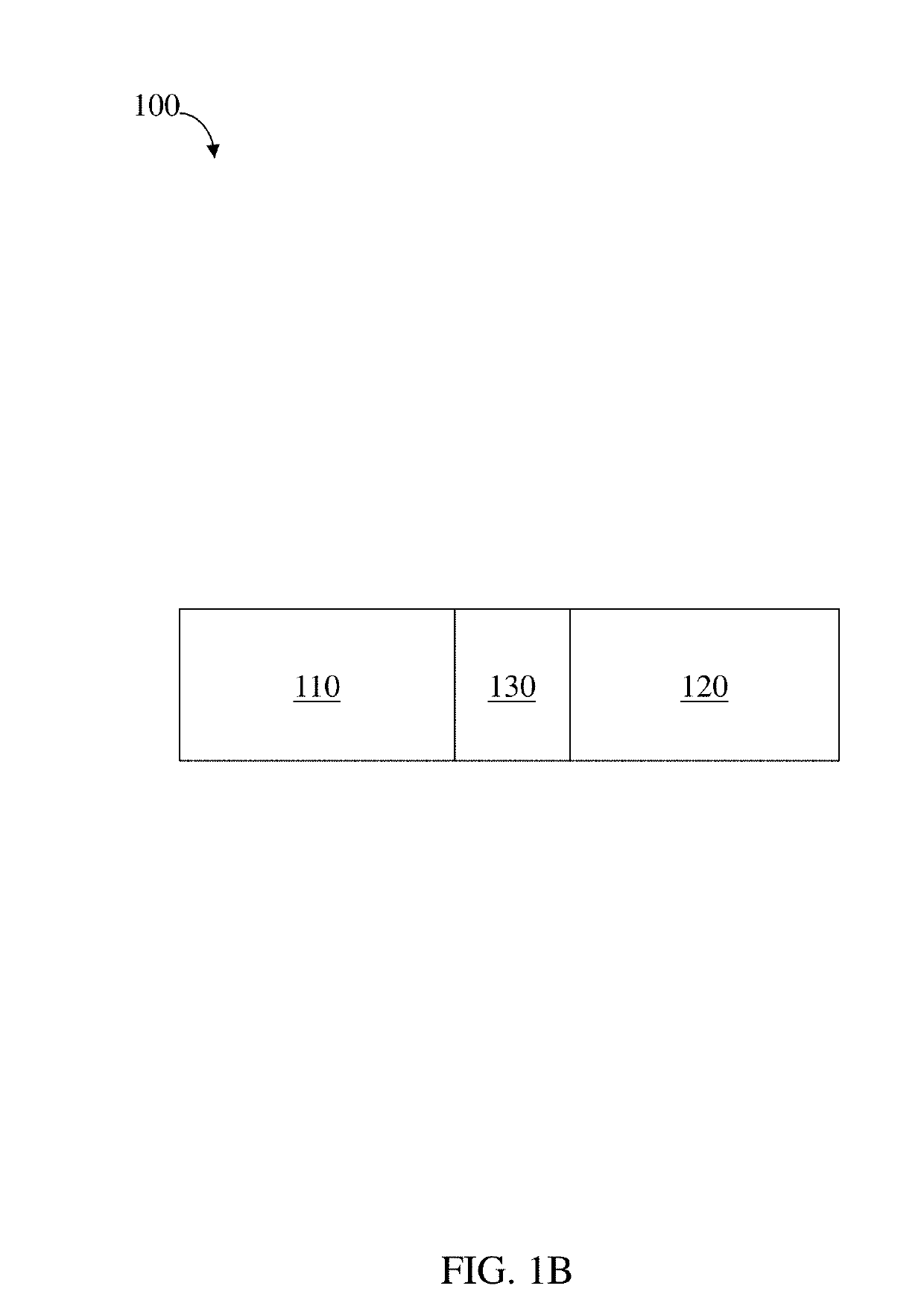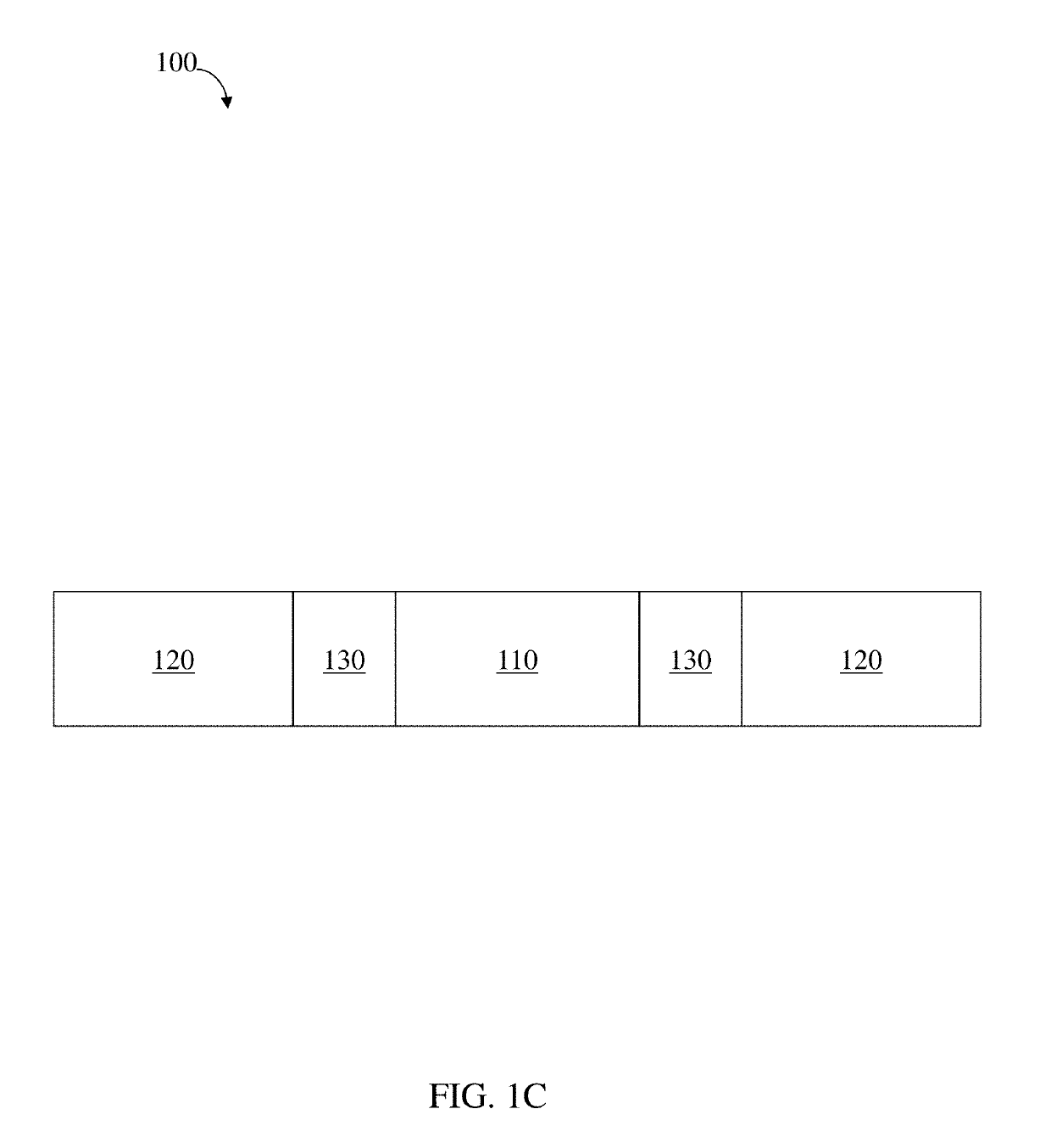Residence structures and related methods
a technology of residence structure and structure, applied in the field of residence structure, can solve the problems of inconvenient dosing regimen, poor adherence rate of patients to self-administration protocol for therapeutics and diagnostics over an extended or indefinite period, and the greatest challenge of low adherence ra
- Summary
- Abstract
- Description
- Claims
- Application Information
AI Technical Summary
Benefits of technology
Problems solved by technology
Method used
Image
Examples
example 1
l Ring Design
[0340]Polycaprolactone (PCL) was chosen as the loadable polymeric component of the structures due to its mechanical and physicochemical properties, unless otherwise stated. PCL is a degradable polyester with a low melting point of around 60° C. allowing multiple processing technologies. It is slowly degraded by hydrolysis of its ester linkages in physiological conditions, making it an appropriate material for the preparation of certain embodiments of long-term in vivo residence structures. It has been used for controlled release and targeted delivery of a variety of drugs.
[0341]Various flexible materials were tested for use as a flexible linker. Properties assessed included the ability to undergo 180-degree deformation without breaking, ability to remain in the deformed state for a prolonged period of time such as would occur in a stored pill, and ability to recoil nearly 100% to the original shape. To maximize the mechanical properties while maintaining biocompatibilit...
example 2
ed Star Design
[0344]Design constraints were addressed by using a combination of relatively rigid elements (loadable polymeric components) as drug matrix that provide mechanical stability and flexible recoil elements (elastic polymeric components.) As shown in FIGS. 4A-5B, two geometric families of rigid and flexible elements were studied in greater detail, a “polygon” family of alternating rigid and flexible elements which fold on itself and a “stellate” family in which rigid elements project from a central flexible element. Designs which could be efficiently encapsulated into a standard size 000 gelatin capsule were generated in Inventor CAD software, 3D printed, and used as positives to make PDMS negative molds. Versions optimized for capsules of other sizes, including larger veterinary capsules, as well as smaller capsules for more ready human consumption including 00-EL, 0-EL were also developed.
[0345]In FIG. 4A, the structure comprises a central core and six radial projections,...
example 3
Design
[0347]In FIG. 5A, an embodiment with a hexagonal structure is shown next to a 000-size capsule. The vertices of the hexagon comprise elastic polymeric components, and the sides of the hexagon comprise rigid loadable polymeric components. Each side has a length equal to just less than the length of the capsule such that the unencapsulated final form has a circumscribing diameter equal to nearly twice the capsule length. FIG. 5B, various structures with radial projections having sector shapes with internal sector angles equal to approximately 360° / N are illustrated. Four embodiments with square, hexagonal, octahedral, and dodecahedral structures, respectively, are shown in their unencapsulated forms. The shapes are formed from at least one material with a high elastic modulus to increase the resistance to compression and duration of gastric residence.
[0348]Each side of each polygon is about 22-mm long, and each folded polygonal structure has a width of about 8.5 mm. For a struct...
PUM
| Property | Measurement | Unit |
|---|---|---|
| transit time | aaaaa | aaaaa |
| transit time | aaaaa | aaaaa |
| transit time | aaaaa | aaaaa |
Abstract
Description
Claims
Application Information
 Login to View More
Login to View More - R&D
- Intellectual Property
- Life Sciences
- Materials
- Tech Scout
- Unparalleled Data Quality
- Higher Quality Content
- 60% Fewer Hallucinations
Browse by: Latest US Patents, China's latest patents, Technical Efficacy Thesaurus, Application Domain, Technology Topic, Popular Technical Reports.
© 2025 PatSnap. All rights reserved.Legal|Privacy policy|Modern Slavery Act Transparency Statement|Sitemap|About US| Contact US: help@patsnap.com



